Beginner’s Guide to Light Layering
Every interior designer knows that lighting is one of the top three essential factors of successful and beautiful home design. Light is what puts everything into perspective, accentuates the right spots in a room, and sets the mood. Playing with light and shadows can help you emphasize the most important parts of the space but also create a unique atmosphere for different situations – you need different light when you’ve got something important to do compared to when you want to snuggle up in front of the TV or have dinner with friends. However, this all can seem too complex for a beginner in home design or renovation. Luckily, this guide will explain everything about lighting in the interior from scratch – here’s the beginner’s guide to light layering.
The main layers of light
Different layers of light come from different sources, and they all have unique effects on the space. Knowing the characteristic of each layer will help you combine them better and use the suitable light sources appropriate for your space. Each space has different light needs due to the position, size, amount of natural light, and purpose of the room. Let’s go through the central light layers you can use in space.
General or ambient light
The main purpose of ambient lighting is to illuminate the whole space, which is why it’s an essential part of every interior. Ambient light provides an overall level of illumination, but the number of sources will depend on the size of the space. Larger spaces will need more than one source of ambient lighting. These can include:
- Recessed lighting – recessed lights are relatively small but powerful light sources that can be mounted on a wall or ceiling. They provide subtle light, and their number and position can be easily adjusted to a particular space.
- Fixtures mounted to the ceiling – flush-mounted fixtures are seamless sources of light, yet you’ll need more of them for a bigger space, or be sure to add other sources to provide enough light.
- Chandeliers – these are rather decorative light sources that include more than one light bulb and hang from the ceiling. Due to their decorative feature, choosing a stylish chandelier can be more than just a light source – it can be a statement piece in the room.
- Sconces – light sconces are mounted to the wall, which means they provide ambient light for a certain part of a room, and they are great to have near doors or in a hallway.
- Floor lamps – floor lamps are perfect as a supplement to ceiling light sources, and they provide subtle light to the room.
These should provide enough light to do basic daily tasks in the room and navigate the space without any issues. However, you need to consider their location, color, and brightness level. When it comes to location, it will depend on the shape and size of the room, but try to choose a place where a light source will provide the most significant impact. Colors can go from warm to cool, depending on the style and mood you’re trying to achieve. Cool light is often unsuitable for living spaces as it can be pretty harsh. On the other hand, warm lights create a cozier atmosphere, which is perfect for living and dining rooms. Finally, the brightness level should be adjustable so that you can adapt it to specific lighting needs.

Task lights
The task layer is used to emphasize specific areas that are slightly illuminated by ambient lights. These are used to help you do specific tasks and bring focus to particular areas for additional safety and better performance, such as kitchen island or coking surface, home office desk, make-up table, space above a canvas in artistic households, etc. Task light should be stronger than the ambient light and closer to the focus area to provide better illumination without any distractions. Task light can be provided by recessed lighting, task lamps, table or buffet lamps, track lighting, and even bedside lamps for nighttime reading – pay attention to the light beam’s angle and intensity. For example, table lamps and buffet lamps are pretty similar. However, buffet lamps are higher, so they are used in bigger rooms with higher ceilings.

Accent lighting
Task and accent lighting are somewhat similar – they both provide light focus on a specific area or an item. However, accent light has a more decorative feature in light layering– it focuses on wall décor items while complementing other light sources in the room. Accent lights are used to emphasize wall art, flowers or plants, or some distinct architectural features of the room. Common accent light sources are recessed lights, wall sconces, track lighting, floodlights, or torch lamps, also knowns as torchère. Installing accent lights should come last after sorting out ambient and task lighting. This will give you a realistic picture of the space, so you can choose what parts need a spotlight or additional focus.

Balancing three light layers – tips and tricks
You need to know the space well to make a perfect balance between the ambient, task, and accent lighting. Evaluate the room’s size, position, and, more importantly – the amount of natural light it gets. The position of furniture, windows, mirrors, and doors plays a significant role here, as certain lights can disperse inadequately and lose their primary purpose.
Furthermore, be open-minded about the style of the lights. Be mindful of its primary purpose, but don’t forget that lights play a significant decorative role in the interior. If something is not in style or a lamp doesn’t fit your current home décor – Peasley Transfer & Storage experts advise you not to throw it away but carefully save it in storage and wait for the right opportunity to use it. Vintage lamps, crystal lamps, or crystal chandeliers, hand-blown glass lamps can be a great décor piece in a room, so save valuable lights for your new home or a future renovation project.
Final words
Very often, homeowners underestimate the power of great light layering, not realizing it can make a huge difference to any space with the proper light placement. The light that suits your home can accentuate all the right spots and create a cozy, inviting atmosphere you’ll be happy to enjoy every day. Furthermore, beautiful lamps, pendants, or chandeliers can be statement pieces and part of the décor in a room and can even set a tone and complement other décor pieces.

Author’s bio: Jenna Davis is an interior designer who also runs a blog and shares tips with beginners in home design. She also enjoys writing about home organization and space-saving techniques everyone can use in their homes.


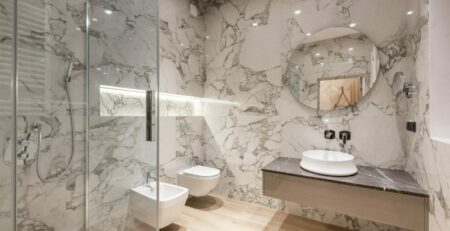

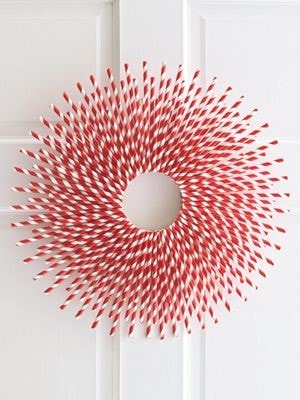

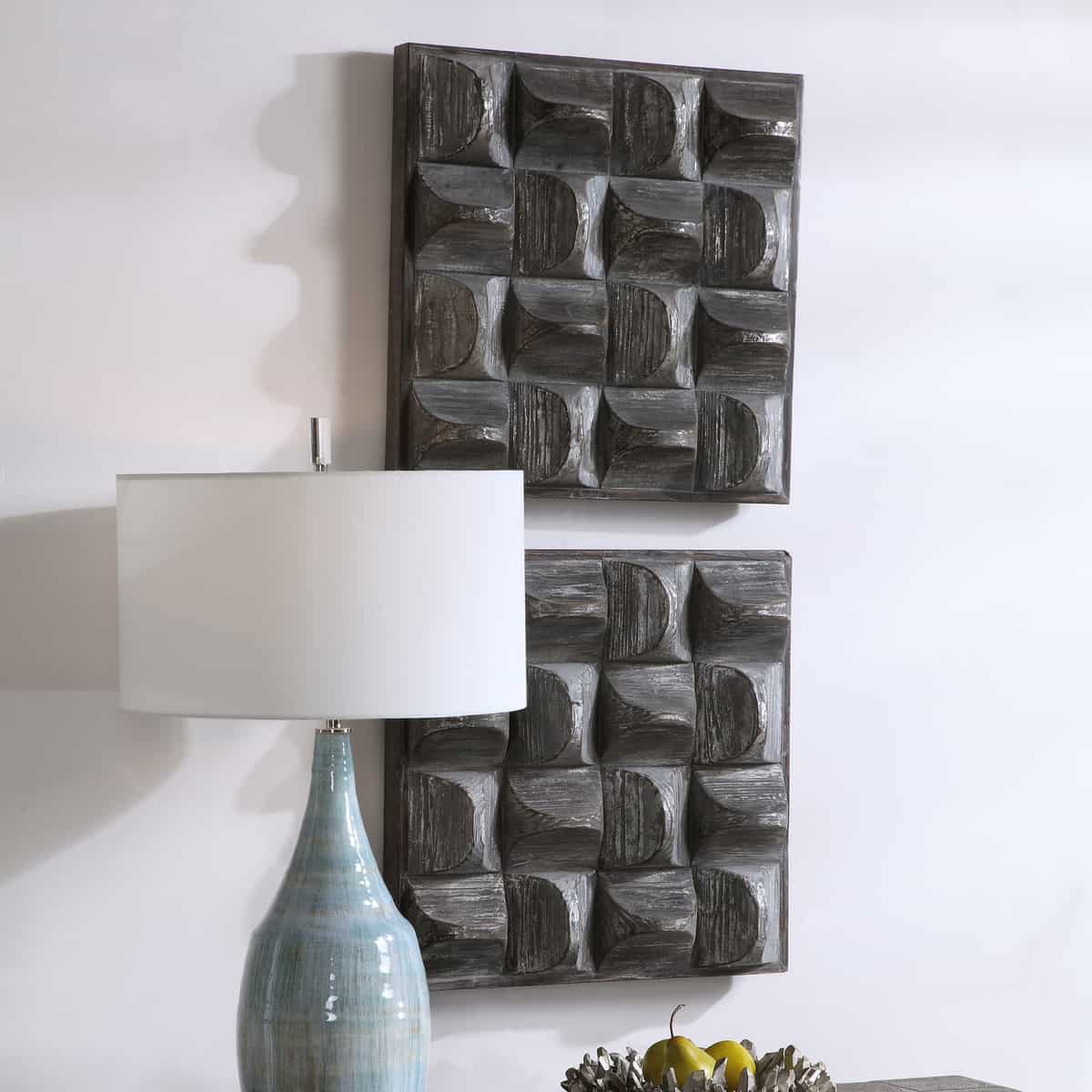


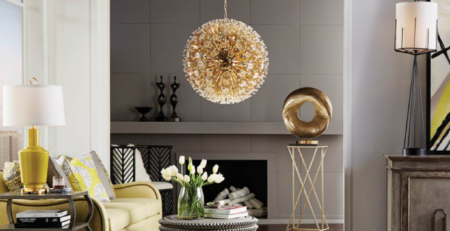
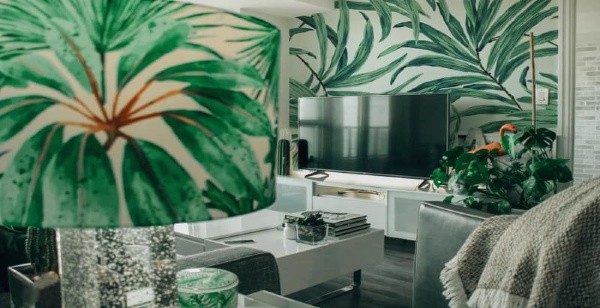

Leave a Reply